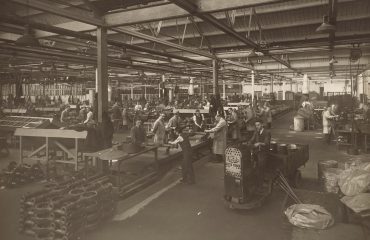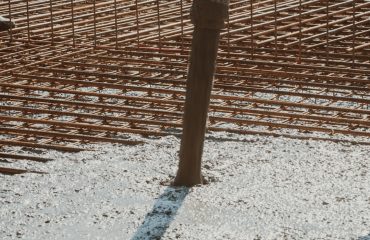Choosing the right steel for your application can be crucial for success. Two of the most common types of stainless steel are ferritic and austenitic. While both offer corrosion resistance, their underlying structures lead to significant differences in properties and suitability for various applications. This comprehensive guide will delve into the key distinctions between ferritic and austenitic steel, helping you make informed decisions.
1. Crystal Structure: The Foundation of Their Differences
The fundamental difference between ferritic and austenitic stainless steel lies in their crystal structure. This seemingly microscopic detail profoundly impacts their macroscopic properties. Ferritic stainless steel possesses a body-centered cubic (BCC) crystal structure at room temperature. This structure is characterized by a relatively simple arrangement of atoms, with one atom at the center of a cube and one at each corner. Austenitic stainless steel, on the other hand, boasts a face-centered cubic (FCC) structure, where atoms are located at each corner and the center of each face of the cube. This FCC structure is more densely packed than the BCC structure, contributing to several key differences in their properties.
2. Mechanical Properties: Strength, Ductility, and Formability
The distinct crystal structures directly influence the mechanical properties of these steels. Ferritic stainless steels generally exhibit higher strength and hardness than austenitic grades, but they are less ductile and more brittle. This means they are less easily formed or bent without cracking. Their higher strength makes them suitable for applications requiring structural integrity. Austenitic stainless steels, with their FCC structure, are significantly more ductile and possess excellent formability. This allows them to be easily shaped, drawn, and deep-drawn into complex geometries. However, they generally have lower yield strength compared to ferritic grades.
3. Corrosion Resistance: A Key Feature of Stainless Steels
Both ferritic and austenitic stainless steels are known for their corrosion resistance, primarily due to the presence of chromium in their composition. However, the level and type of corrosion resistance differ. Ferritic stainless steels typically exhibit good resistance to oxidation and general corrosion, making them suitable for many outdoor applications. Their corrosion resistance, however, can be less robust in highly corrosive environments compared to austenitic grades. Austenitic stainless steels, particularly those containing molybdenum, offer superior corrosion resistance, including excellent resistance to pitting and crevice corrosion. This makes them ideal for applications involving harsh chemical environments, seawater, and high-temperature applications.
4. Weldability: Considerations for Joining
Weldability is another critical aspect to consider. Ferritic stainless steels can be welded, but they are more prone to cracking during welding due to their lower ductility and susceptibility to sensitization (formation of chromium carbides at grain boundaries, reducing corrosion resistance). Careful attention to welding procedures and pre- and post-weld heat treatments are often necessary. Austenitic stainless steels, due to their superior ductility, generally exhibit excellent weldability. However, they can be susceptible to sensitization if not properly welded, requiring appropriate techniques and materials selection.
5. Applications: Where Each Steel Shines
The distinct properties of ferritic and austenitic steels dictate their suitability for specific applications. Ferritic stainless steels find widespread use in automotive exhaust systems, appliances, architectural cladding, and chemical processing equipment where high strength and moderate corrosion resistance are needed. Their lower cost compared to austenitic grades also contributes to their popularity. Austenitic stainless steels, with their superior corrosion resistance and formability, are prevalent in chemical plants, food processing equipment, medical devices, and marine applications. They are also frequently used in cryogenic applications due to their good toughness at low temperatures.
In summary, the choice between ferritic and austenitic stainless steel hinges on a careful consideration of the specific application requirements. While both offer corrosion resistance, their differences in mechanical properties, weldability, and overall cost significantly impact their suitability for various tasks. Understanding these key differences empowers engineers and designers to select the optimal material for achieving the desired performance and longevity of their products.
SEO Tags:
- Ferritic Steel
- Austenitic Steel
- Stainless Steel Comparison
- Steel Properties
- Material Selection Guide




